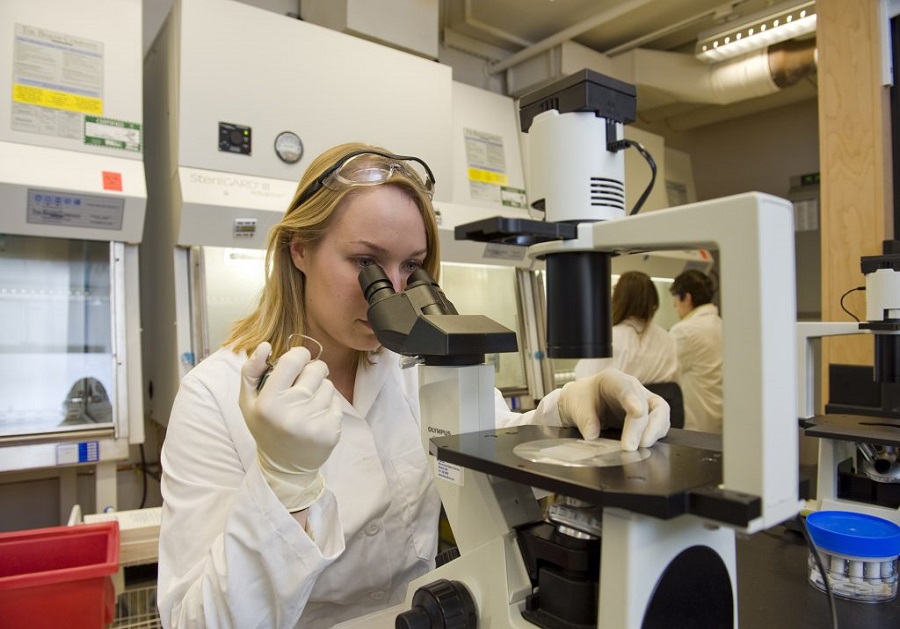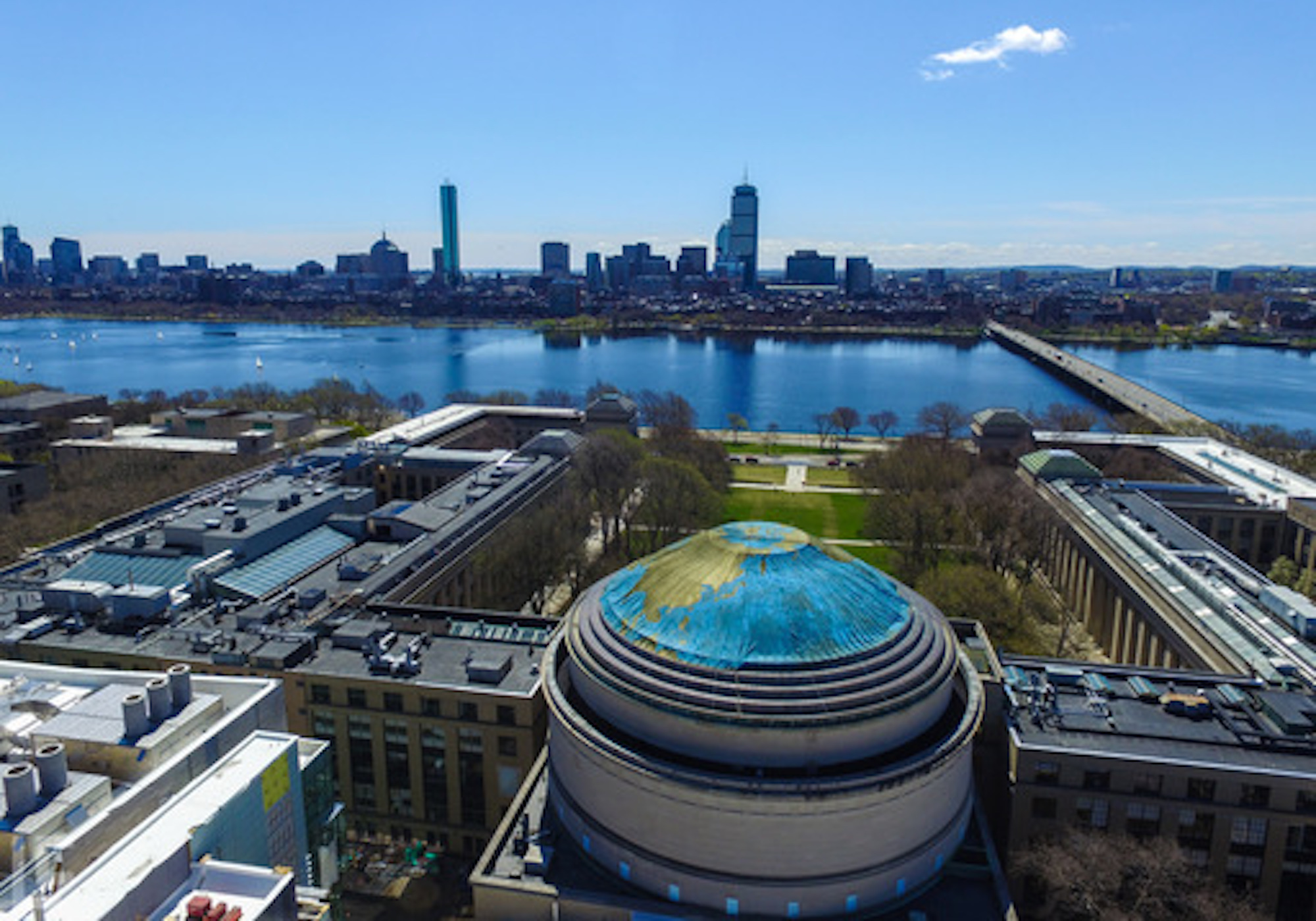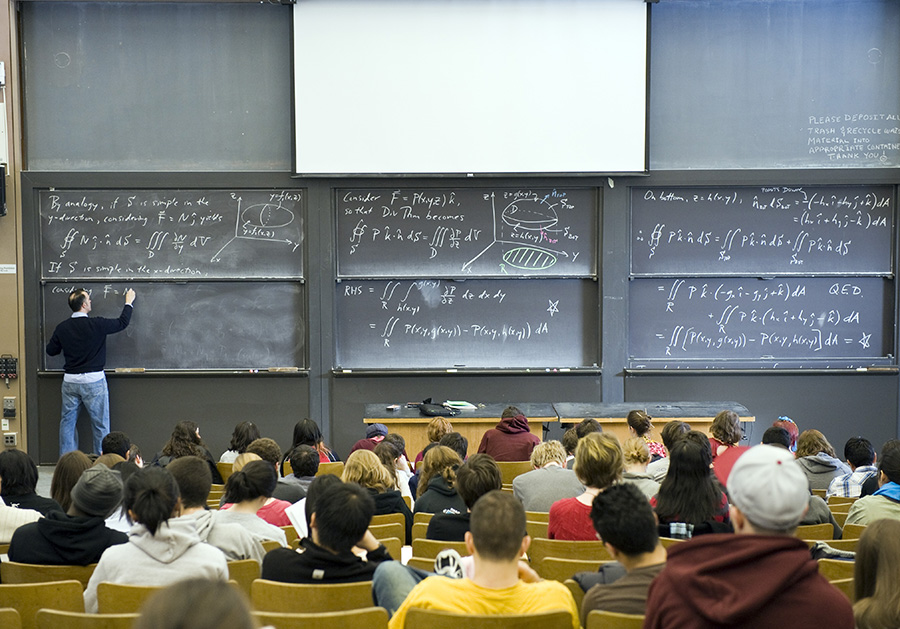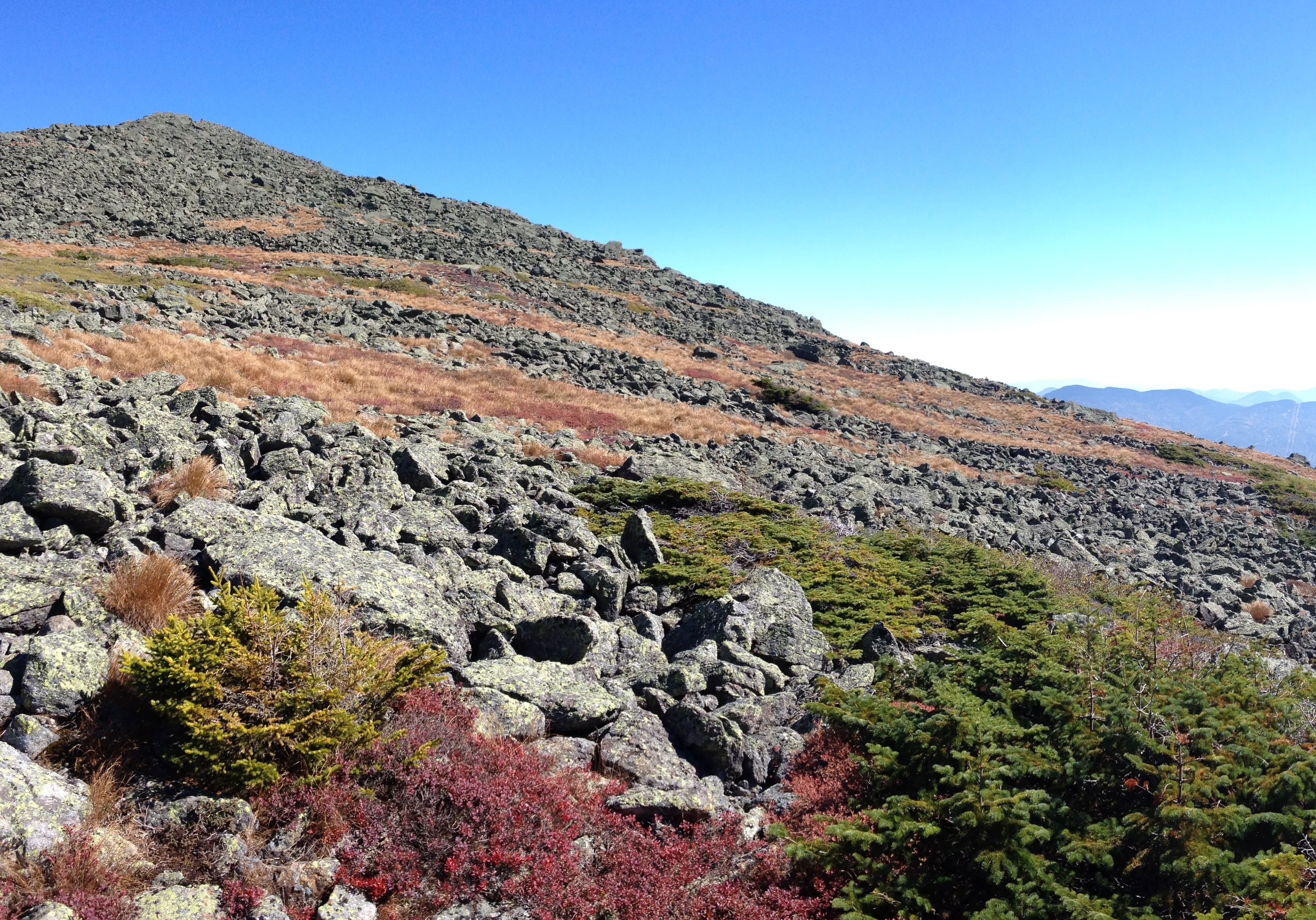Menu
Tropical Peatlands
Greenhouse Gas Emissions from Tropical Peatlands: Biogeochemical Processes and Mitigation Strategies
Charles Harvey, Professor of Civil and Environmental Engineering
Benjamin Kocar, Assistant Professor of Civil and Environmental Engineering
Martin Polz, Professot of Civil and Environmental Engineering
Shuhei Ono, Associate Professor of Earth, Atmospheric & Planetary Sciences
Roger Summons, Professor of Earth, Atmospheric & Planetary Sciences
Read the published paper here: http://www.pnas.org/content/114/26/E5187
Year One Report Executive Summary
We linked research activities across a set of labs at MIT to determine the biogeochemical processes that control carbon fluxes within tropical peatlands. Our work includes: analysis of microbial lipids, including the identification of unique archael lipids; characterization of microbial communities living at different depths in the peat, and; development of a reactive transport model that quantifies carbon fluxes through the peat. By combining these research thrusts, we found that most methane produced in the peat is transported laterally in flowing groundwater to rivers, not vertically to the atmosphere by diffusion. We have applied our model to data from northern peatlands to show that the same process of lateral transport can dominate methane fluxes in northern regions as well.
Proposed Work
Tropical peat swamp forests in Southeast Asia are the most carbon-dense terrestrial ecosystems on earth and now emit globally important fluxes of greenhouse gasses. Over millennia, peat swamp forests have accumulated vast stores of carbon because of a feedback between peat accumulation and drainage: As peat layers accumulate, they restrict the lateral flow of water that drains the peat, thereby lifting the water table, restricting the diffusion of oxygen into the peat, and limiting the loss of peat by oxidation. Thus, the accumulation of peat promotes the accumulation of more peat. This positive feedback has driven the growth of ten-meter thick peat domes, kilometers in diameter, that have expanded seaward since the previous sea level high-stand five thousand years ago. However, over the last twenty-five years, most of these forests have been cut and drained so that the underlying peat now emits enormous fluxes of CO2, and potentially methane, to the atmosphere. Policy makers and researchers have suggested that controlling these emissions would be a cost effective approach to reduce total greenhouse gas emissions. Efforts to capitalize on this opportunity are, however, limited by poor understanding of the biological and physical processes within the peat that control CO2 and methane fluxes.
Our research builds on a singular opportunity to obtain field data from what is likely the last remaining undisturbed peat forest in Southeast Asia, located in the Ulu Mendaram reserve in Brunei Darussalam on the island of Borneo. We will develop a model of greenhouse gas fluxes from tropical peatlands by combining three areas of research: Hydrological and ecological analysis of the processes that shape tropical peatlands; Biogeochemical analysis of the processes that transform peat and produce CO2 and methane and; Analysis of heterogeneity in microbial community composition and activity within the peat. By resolving basic scientific issues, we hope to develop tools for reducing, or even reversing, carbon emissions from peatlands. Specifically, we will address questions including: (1) Where are the largest fluxes of methane – where water discharges on the edges of domes our distributed across the surface of the domes? (2) How high must the watertable be raised to minimize carbon dioxide release? (3) How can roads, drainage and impoundment schemes be designed in these unique hydrologic and ecologic systems to minimize peat loss and hence emissions?




















